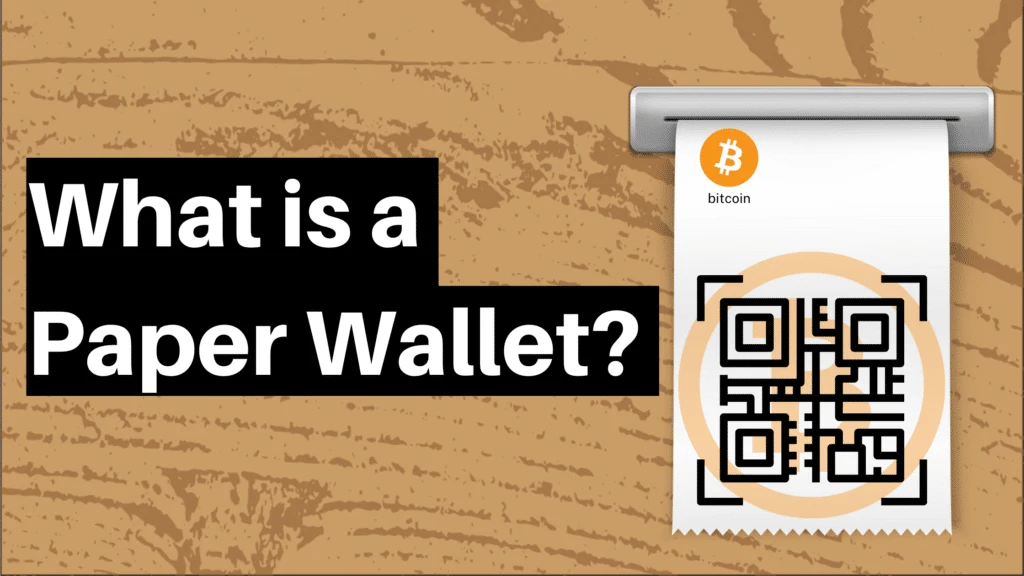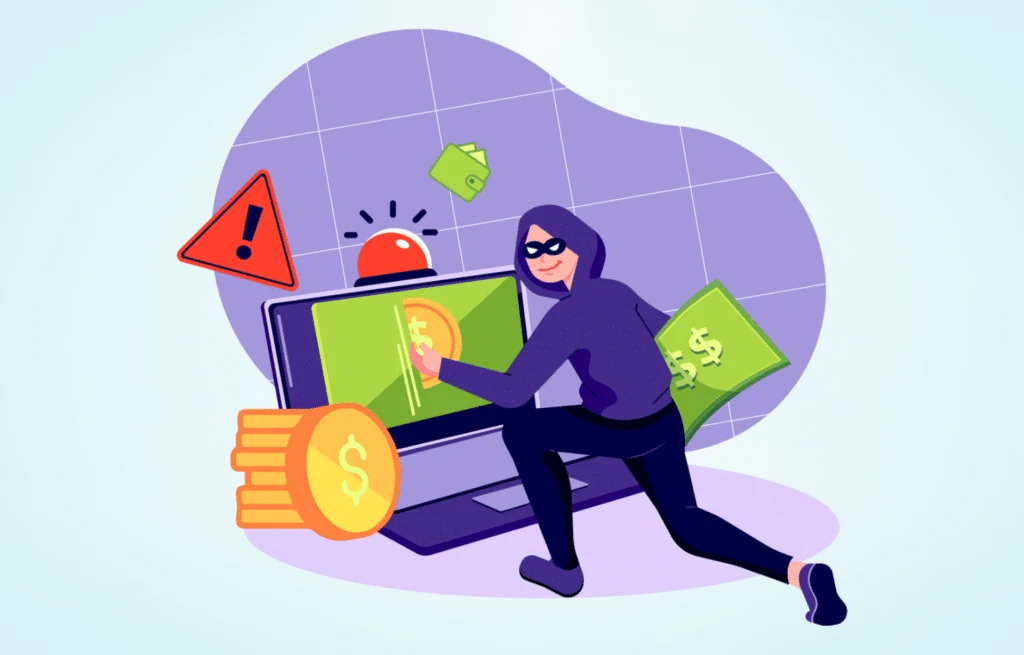What is a Paper Wallet?
A paper wallet is a printed piece of paper containing public and private keys. It stores these keys offline, making it a form of cold storage.
The Long Definition
A paper wallet is a form of cold storage where your wallet’s private and public keys are printed on a piece of paper. This piece of paper might also contain QR codes to facilitate transactions.
Paper wallets were popular in the early days of cryptocurrencies. At some point, they were even considered one of the best ways to store crypto. But today, other less risky methods, like hardware wallets, have become the gold standard for cold storage.

History of Paper Wallets
Crypto storage methods can be classified as either hot or cold storage. Hot storage refers to all wallets where private keys are stored online. This includes software wallets like Metamask, Tronlink, and Trustwallet.
Hot wallets are not the best way to store cryptocurrencies long term. This is because by being online, the private keys are exposed to hackers. And anybody with a wallet’s private keys can drain all its funds.
In the early days of crypto, users figured this out. This created the need for a storage option that keeps the private keys offline at all times. Such solutions are, today, known as cold storage.
Paper wallets are among the earliest forms of cold storage. In 2011, users started experimenting with tools that allowed them to generate their own public and private keys. These keys would then be printed on a piece of paper, hence the name paper wallet.
For a time, paper wallets were considered the best way to store Bitcoin (BTC). However, they came with their own significant risks (which will be discussed later). So when hardware wallets were invented in 2015, most users quickly made the switch.
Today, paper wallets are considered an unsafe method of storing crypto. But there are still some Bitcoin enthusiasts that use them.

How Do Paper Wallets Work?
Paper wallets store a wallet’s public and private keys on a piece of paper. They are typically created by paper wallet generator apps. These apps work by generating public keys, private keys, and QR codes, which you then print.
The keys serve the same function as in other wallets;
- Public keys are the wallet’s address on the blockchain. You give these to anyone wanting to send you crypto.
- Private keys act as proof of ownership of funds in the wallet. They are used to sign off on transactions.
The QR codes correspond to the wallet’s public and private keys. They are there to make things easy and intuitive. For instance, when transferring funds from a paper wallet to a software wallet, all you need to do is scan the relevant code. Similarly, someone wanting to send you crypto can scan the public key QR code to initiate the transaction.
Paper Wallet Risks
Paper wallets are a niche way to store crypto, and for a reason– they’re quite risky. The bulk of this risk comes from the fact that the wallets are made of paper.
Paper is a fragile material. It gets easily damaged by water and fire. It also degrades over time. And when this happens, you lose access to your wallet’s private keys. Without these, there is no way for you to access your cryptocurrencies. They will be lost forever.
You can also easily lose the piece of paper. Even worse, it may fall into the wrong hands. This means someone else ends up stealing and using your crypto.

Paper Wallet Considerations
If you still choose to use a paper wallet, here are some important considerations;
Creating the wallet
You want to create the wallet while the software you’re using is offline. This prevents anyone monitoring the network from seeing your private keys. To do this, disconnect from the internet before prompting the app or website to generate your keys.
Printing
After creating the wallet, your next step is printing it. Even here, you’re not out of the woods yet– there are some security risks.
For instance, if the printer is connected to a network, someone else can see what you’ve printed. If they’re malicious enough, they may decide to use this opportunity to steal from you. Therefore, it’s important that you use a printer that’s not connected to a public network. Ideally, you should also connect to the printer via a wired connection.
Technical issues can also arise during printing and cause big issues. For example, an inkspot may obscure part of the wallet’s keys. A poorly aligned printer may also only print part of the wallet instead of the whole. Thus, make sure to use a printer that’s in top working condition.
Lastly, there is the paper and the ink. You should use paper you know will last a long time and ink that doesn’t fade or bleed. This ensures that you’ll be able to use your wallet for a long time.

Storing the wallet
Storing paper is a challenging task, especially in the long term. The best way to do so is in a fireproof and waterproof place, like a safe. Of course, this will work best if you don’t transact often.
Overall though, a paper wallet is not the best way to store crypto. It should only be used in the short term. There are other safer, more convenient cold storage options– like hardware wallets.
